This historical item stumped Tioga County experts. Can you guess what it is?
One of the interesting parts of working in a museum is sifting through the containers of collections of items.
I have been remarkably lucky in my career. I have been closely associated with two fine county historical societies – Broome and Tioga. I have also been able to view, handle and use many of the collection items in both institutions.
As an example, many years ago, Donna Reigel, library director, came into the Broome County Local History and Genealogy Center while I was handling a map. She asked what I was holding, and I responded that it was William Bingham’s Patent map of his holdings in this area. When I added that the map was over 200 years old, she retorted that I had the “fun” job.
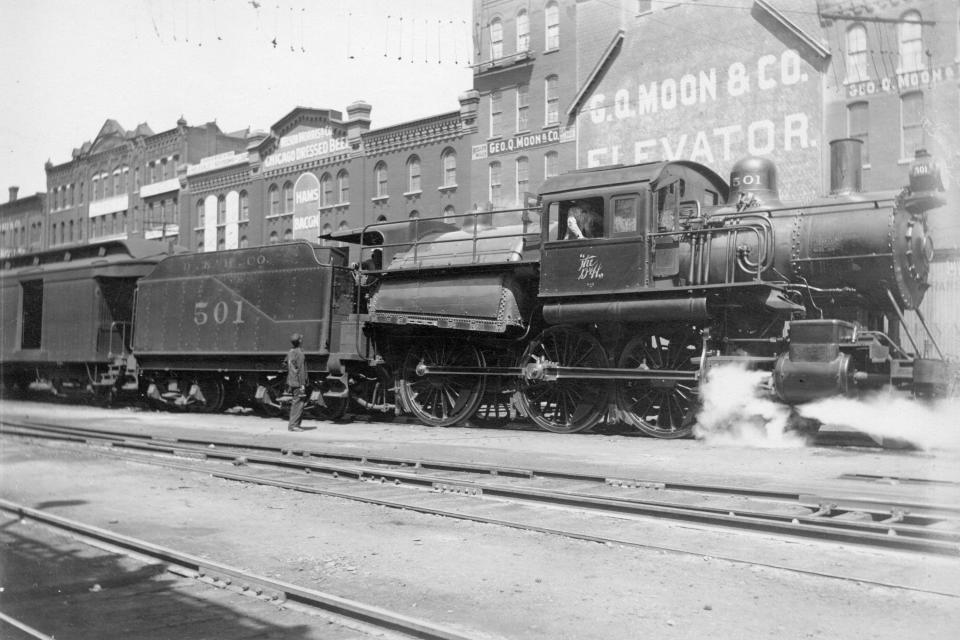
Yes, yes, I do.
A few hours ago, as of the writing of this column, I was holding something which stumped everyone in our museum.
The image of it shows a long metal item with one end that resembles a mouthpiece, and the other end flared out similar to a trumpet. Our questions on this item found in the stacks of hundreds of thousands of others was – What is it?
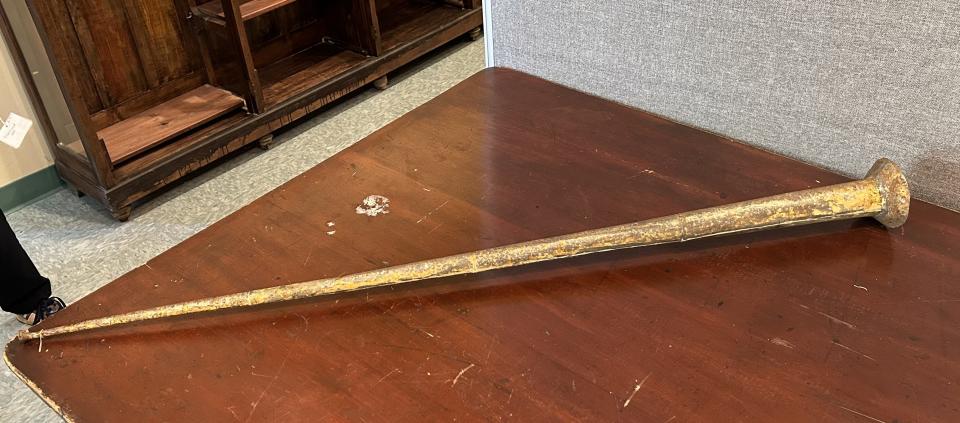
For the reader, try your own answer. Does it make sense, could it be the right answer? Do not worry, I will tell you the right answer at the end of this column.
It amazed me at the number of answers coming from the professionals who have seen and dealt with all types of items from the past. One was an alpine horn such as you might have seen in “Heidi.” That really did not make the grade. Another was a fireman’s horn - an instrument a fire captain would use to call out to the horse-drawn fire engines to move into position to battle a conflagration. This was too long and narrow to do any good.
Another such guess was that it was some type of musical instrument. However, the item has no reeds, or other methods of making a musical note except what we could muster from our own throats. That seemed to eliminate the item as a trumpet type instrument.
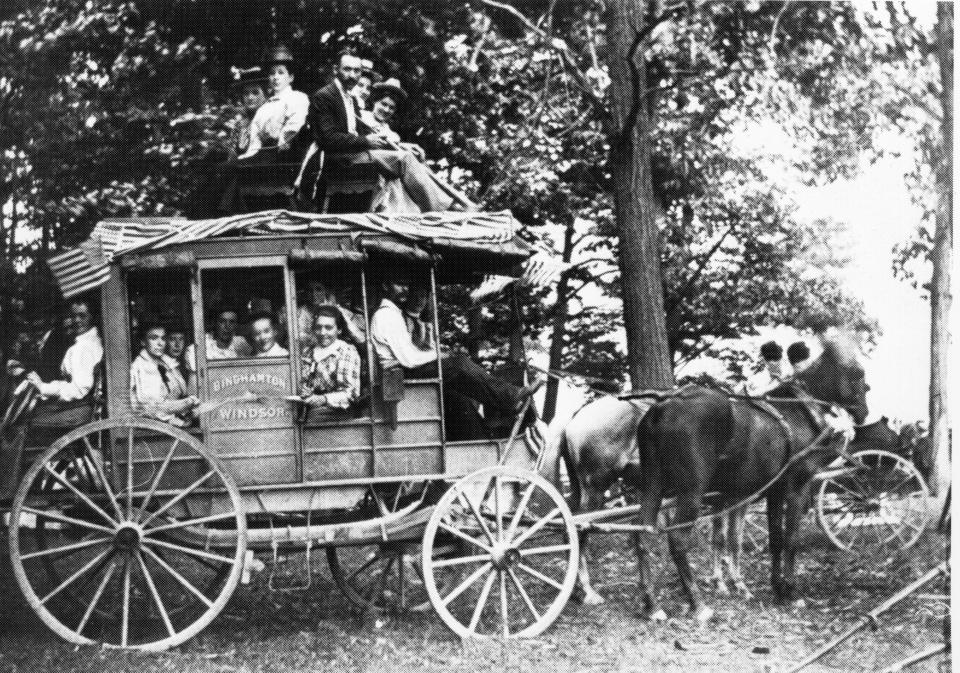
We could actually see it having been used in one of those old movies while they announced the arrival of the king with one of these type horns. But that too was wrong.
Let me give you some clues.
The item is made of tin and it is about four and a half feet long. It dates back to a period between about 1820 to about 1840. The item was donated to the Tioga County Historical Society in 1961 by Mrs. Esther Nesbitt. I am sure you all know the answer now – right?
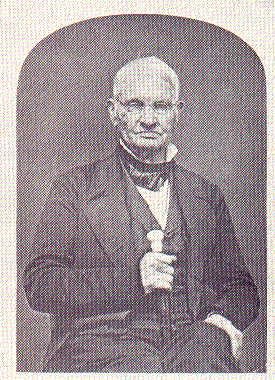
No, well that is all right, we did not until we poured through a volume of old donations based on a small tag that was tied with string to one end of the item.
On the paper was our answer. It was a coach horn.
I would suspect most of you are asking what a coach horn is and how it works.
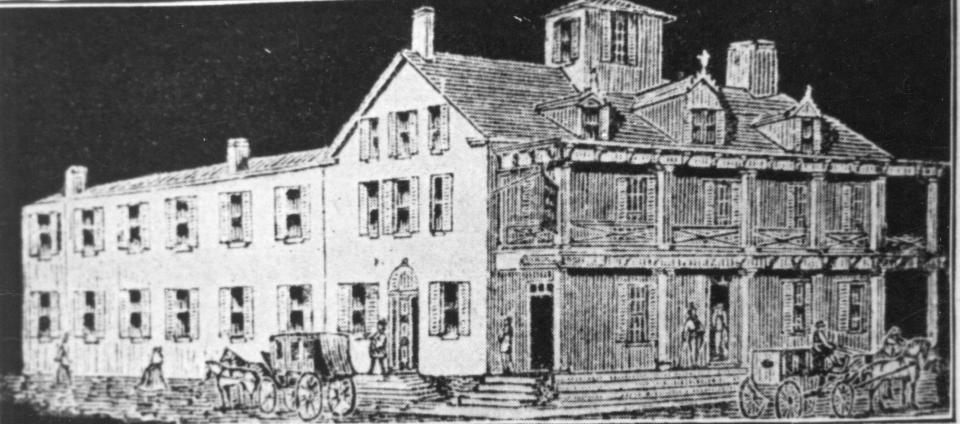
It is a long horn that was used in the first-half of the nineteenth century by stagecoach drivers to signal ahead to inns. By the 1820 to 1840 period, there were a number of stagecoach lines running between villages and cities. The times and rates of passage became familiar with residents as a means to move between locations before the arrival of the railroads.
These stagecoach lines were valuable and one Owego line was gobbled up by Dr. Tracy Robinson and Augustus Morgan of Binghamton. In “Early Owego” by Kingman, he writes that “all the villagers knew the time and arrival of the different stages and when the sound of the stage driver’s horn was heard there was a number of sight seers to witness.”
More: Spanning Time: When 'No-Name,' the mechanical man, visited Binghamton
The passage reminds me of the film "The Music Man" when they are all awaiting the Wells Fargo Wagon. I can only imagine the thrill of hearing the driver blast through the horn as he approached the stagecoach stop in Owego, Binghamton or many other locations.
One odd looking item from the past literally blasts its way to the present.
This article originally appeared on Binghamton Press & Sun-Bulletin: Spanning Time: What this antique reveals about NY transportation

